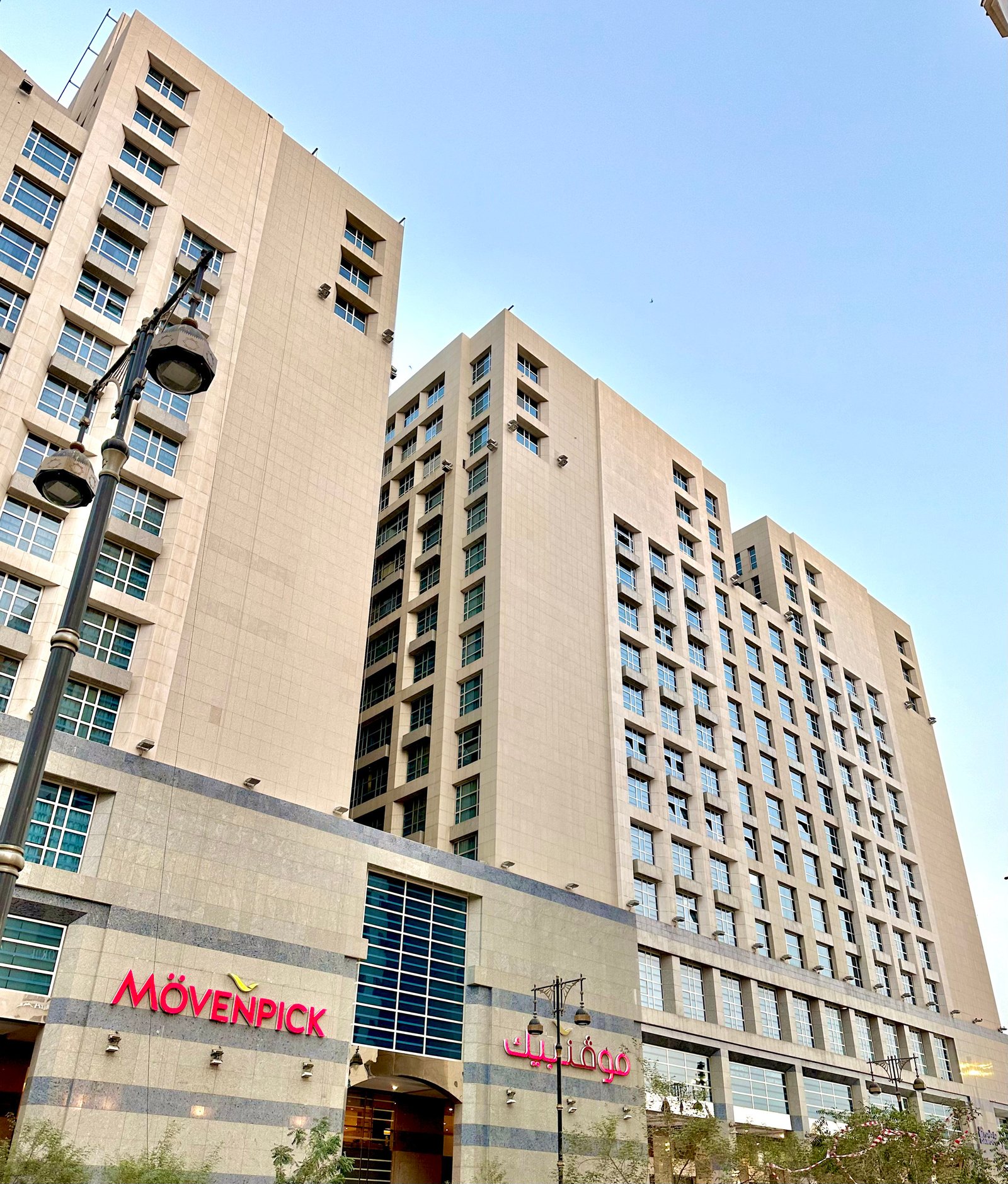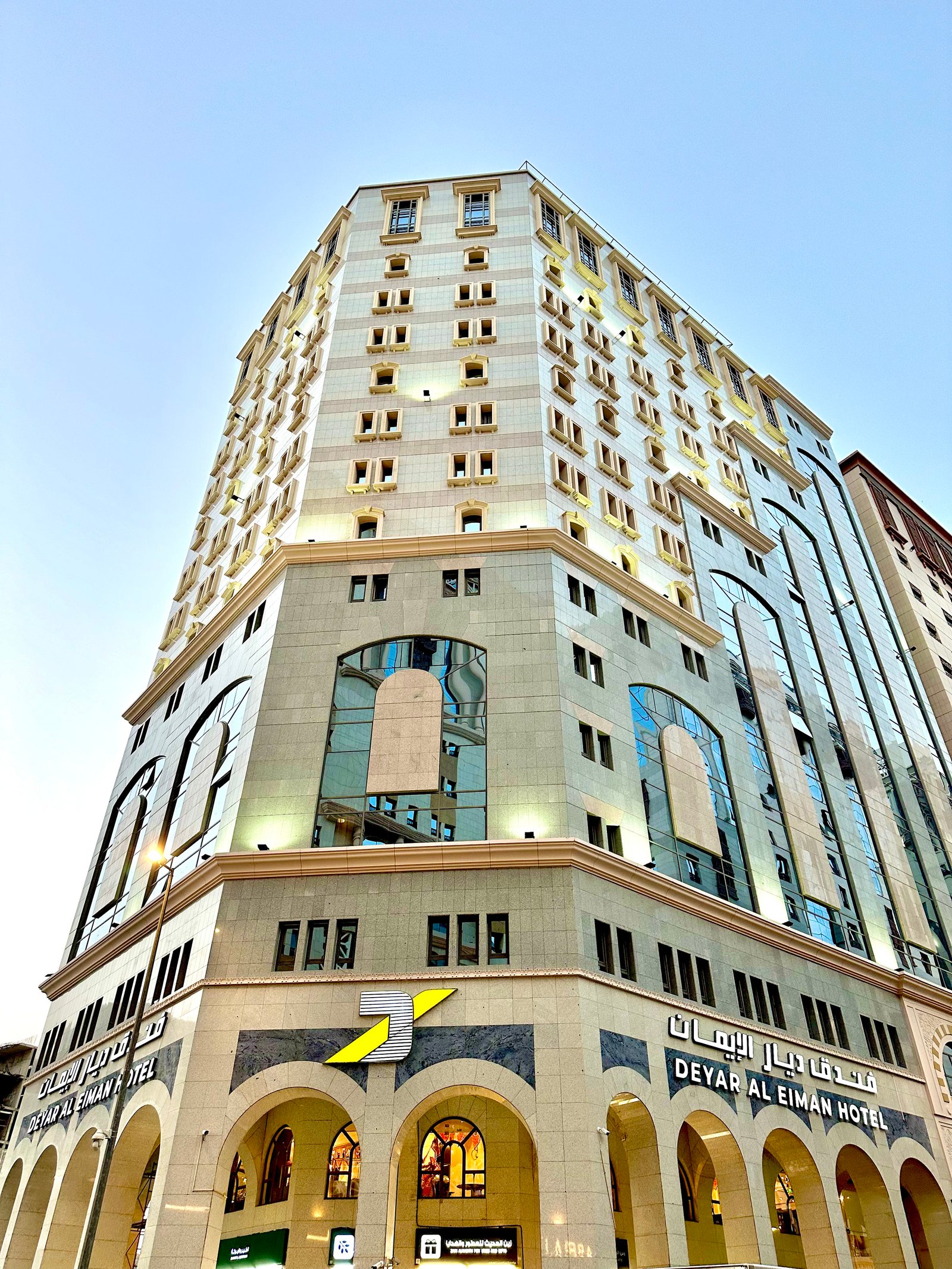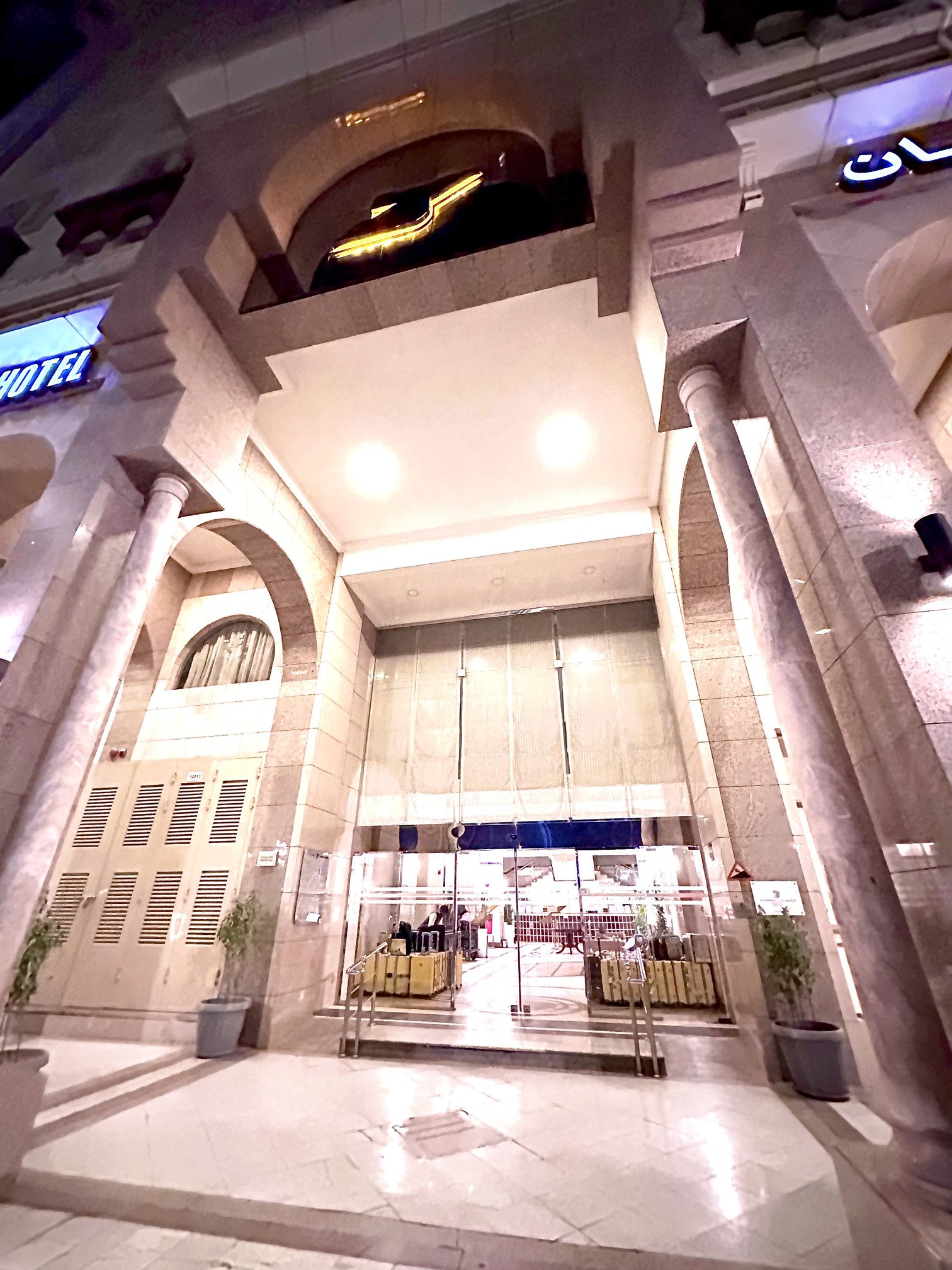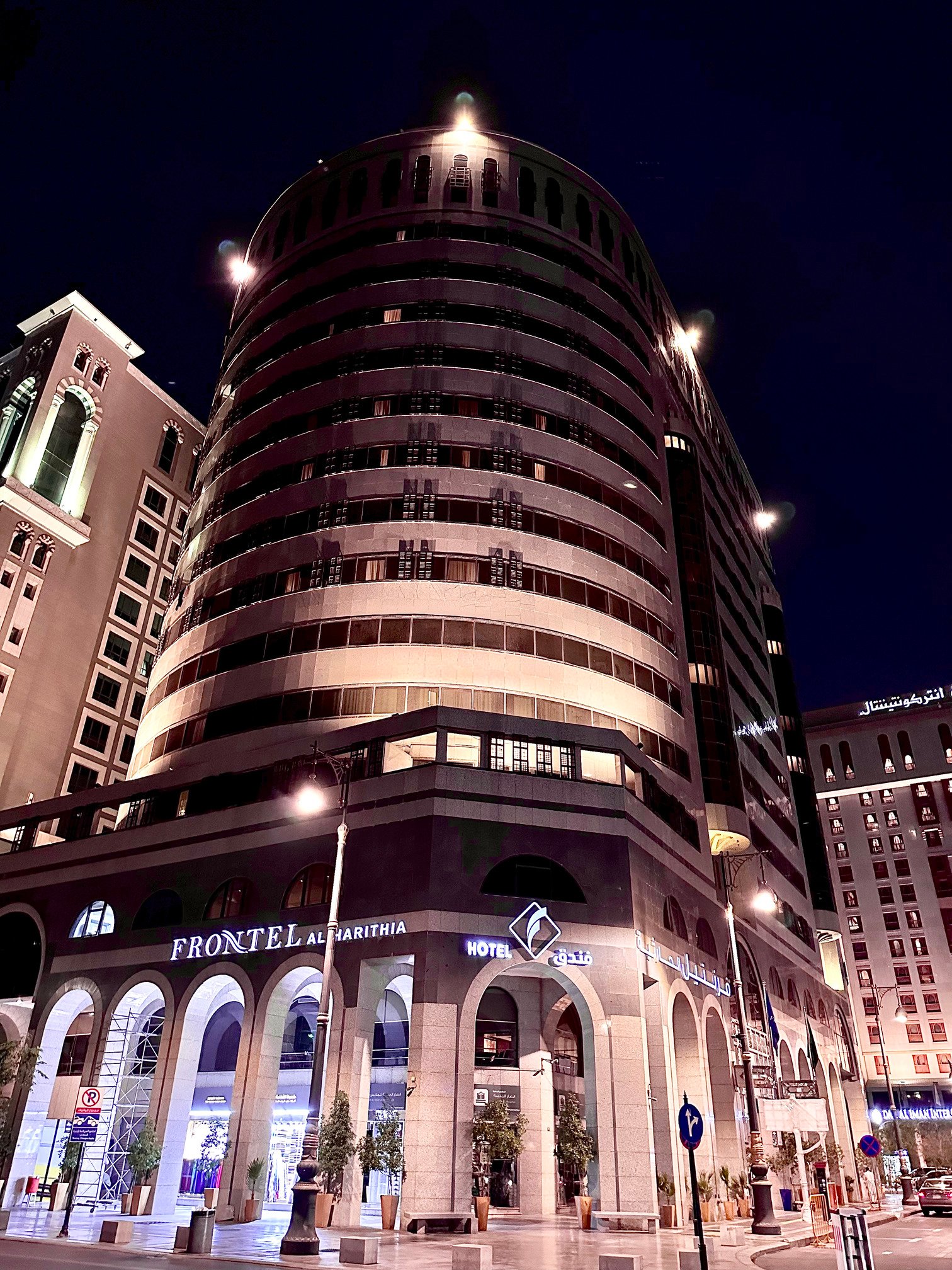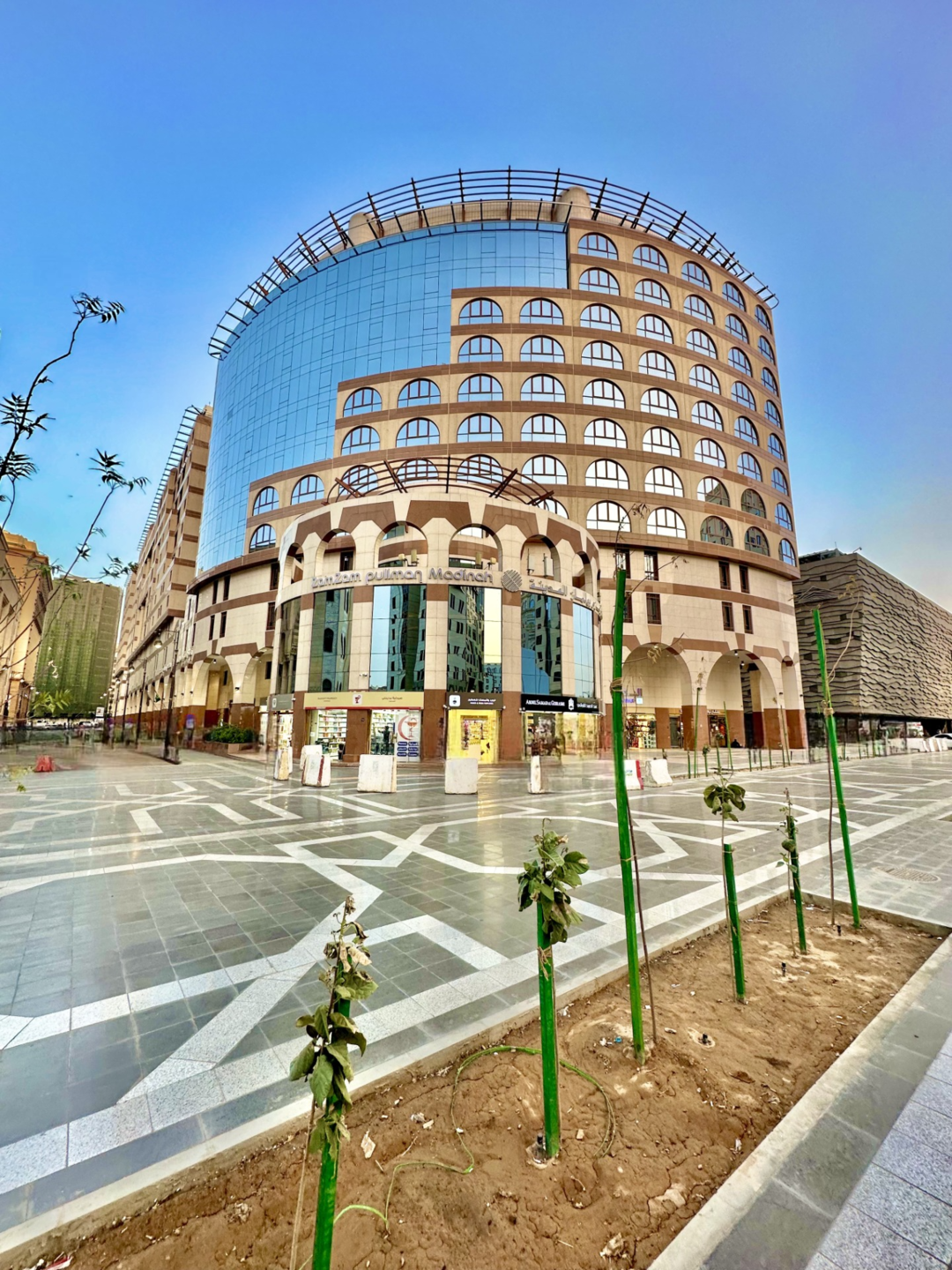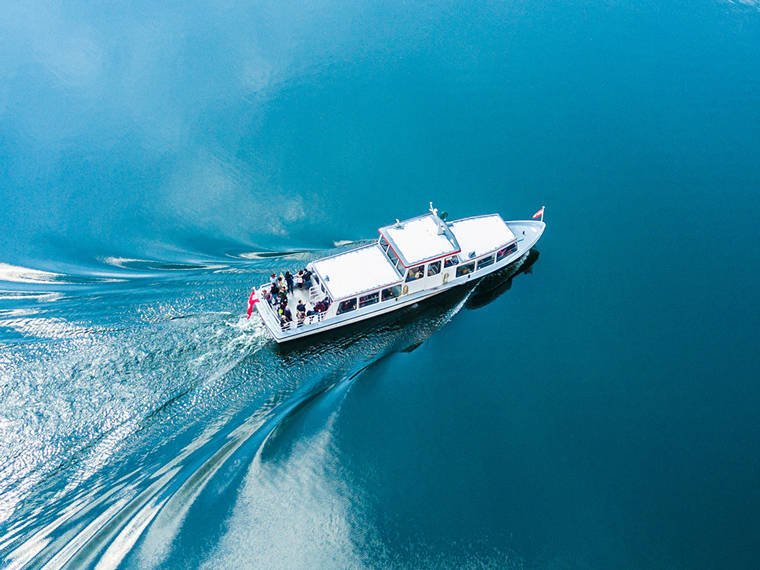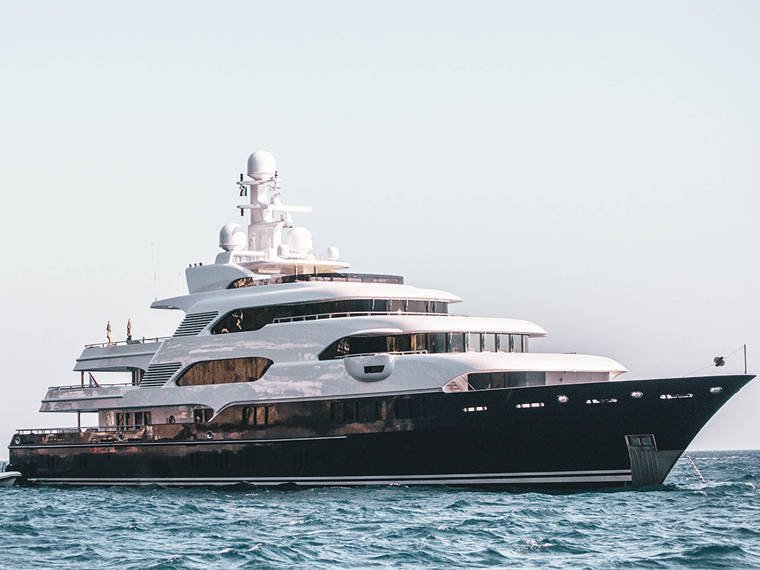
What to know before visiting Madinah (Saudi Arabia)
Medina is generally considered to be the "cradle of Islamic culture and civilization".[4] The city is considered to be the second-holiest of three key cities in Islamic tradition, with Mecca and Jerusalem serving as the holiest and third-holiest cities respectively. Al-Masjid al-Nabawi (lit. 'The Prophet's Mosque') is of exceptional importance in Islam and serves as burial site of the last Islamic prophet, Muhammad, by whom the mosque was built in 622 CE (first year of the Hijrah). Observant Muslims usually visit his tomb, or rawdhah, at least once in their lifetime during a pilgrimage known as Ziyarat, although this is not obligatory.[5] The original name of the city before the advent of Islam was Yathrib (Arabic: يَثْرِب), and it is referred to by this name in Chapter 33 (Al-Aḥzāb, lit. 'The Confederates') of the Quran. It was renamed to Madīnat an-Nabī (lit. 'City of the Prophet' or 'The Prophet's City') after Muhammad's death and later to al-Madinah al-Munawwarah (lit. 'The Enlightened City') before being simplified and shortened to its modern name, Madinah (lit. 'The City'), from which the English-language spelling of "Medina" is derived. Saudi road signage uses Madinah and al-Madinah al-Munawwarah interchangeably.[5]
General info
Location Map
Interdum et malesuada fames ac ante ipsum
Most Popular Hotel
Interdum et malesuada fames ac ante ipsum
Most Popular Space
Interdum et malesuada fames ac ante ipsum
Madinah (Saudi Arabia)
STAY GREENWICH VILLAGE
Most Popular Transportation
Interdum et malesuada fames ac ante ipsum
Bandara Madinah ke Hotel di Madinah- GMC
Bandara Madinah ke Hotel di Madinah - Hiace
Bandara Madinah ke Hotel di Madinah- Coaster
Most Popular Event
Interdum et malesuada fames ac ante ipsum
Andante & Allegro Event Design
Madinah (Saudi Arabia)
Origami Crane Wedding Planners
Madinah (Saudi Arabia)
Southwest States (Ex Los Angeles)
Madinah (Saudi Arabia)
Most Popular Boat
Interdum et malesuada fames ac ante ipsum
Top sights in Madinah (Saudi Arabia)
These popular destinations have a lot to offer





